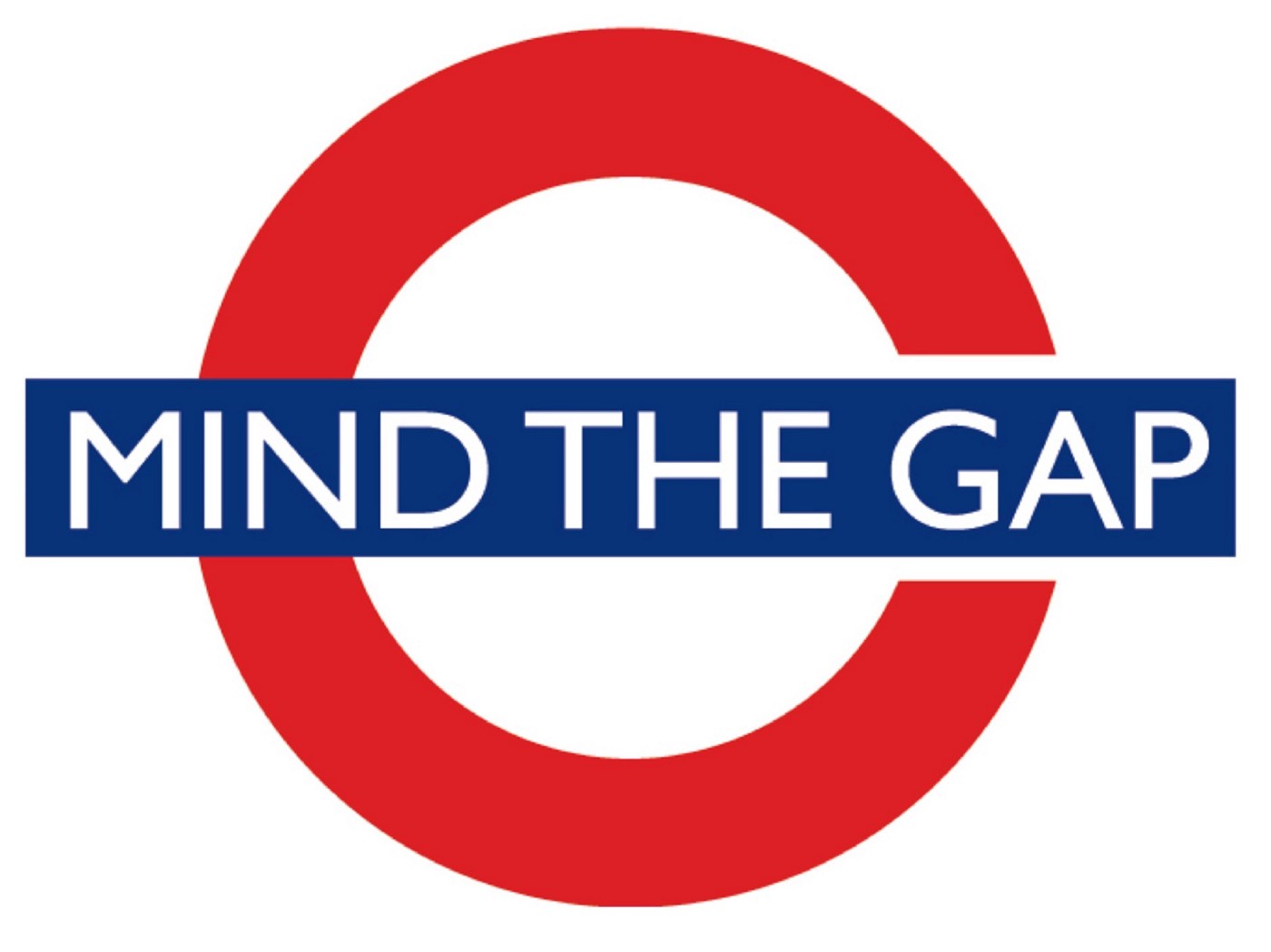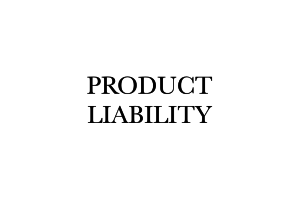In the decision no. 11263 of 2016 Candy Hoover (IT) v Komercni Banka (CZ) and Intesa Sanpaolo (IT), the Italian supreme court of Cassation holds that –
“… the examination of documents under UCP, though bound by forms, must find a certain breadth in its scope, i.e. it must result in a meaningful, and non-mechanistic verification of the formal correspondence between title and documents, to be carried out on the basis of normal knowledge, according to a criterion of common experience…”
The case was about a couple of letters of credit that Candy, an Italian manufacturer of household appliances was not able to cash in respect of two large supplies of goods to Czech buyers. The documentary credits were issued in 1998 by Komercni Bank of Prague, and confirmed by Banca Commerciale Italiana (at that times one of the major Italian banks, then merged in Intesa San Paolo). The issuing bank refused to honor the credit due to discrepancy in the documents produced by Candy. Namely, the taking over point stated in the CMR waybills resulted other than that provided for in the credit. Candy tried to claim the money in court on the basis of said L/Cs, since one buyer had gone bankrupt, and the other had possibly no attachable assets. In vain, though; since both the first instance court (in 2006), and the appellate court in Milan (in 2011) held in favor of the Czech bank. The reason of their refusal to pay was regarded as grounded. This has been the opinion of the Cassation court as well.
Some forewords. It’s hard to find an exporter who is not familiar with the UCP, the Uniform Customs and Practice which governs almost all cross-border bank transactions based on a commercial letter of credit (L/C)[1].
UCP is a streamlined set of rules dating back to the ‘30s, and the subject of regular refinements under the aegis of ICC, the International Chamber of Commerce[2]. UCP (ICC’s, indeed) aim is both to mirror the best practices in the field, and to establish a reliable reference a-national tool to the benefit of operators. More specifically, UCP is to govern the relationship/s arising from payment, or securing arrangements between international commercial players, and financial institutions. The most common case is a long-distance contract for sale of goods, where seller is reluctant to dispatch the goods without having been paid in advance, and buyer, in turn, is reluctant to pay without having first received the goods. A documentary credit is the solution, in the sense that by having a buyer’s bank (the “issuing bank”) committed to pay against written evidence of goods dispatched only, either party may happily live with the potential risk of the other party’s default. In fact, if goods are not dispatched, seller (the “credit beneficiary”) is not in a position to produce the required documents to cash the price with the buyer’s bankers; on the other hand, if required documentation is produced, payment is assured since bankers would have their reputation disrupted in case of refusal[3].
In order for the system to properly work, it is of utmost importance to reduce the level of banks’ discretion at the minimum. Therefore, a documentary credit must be separate from the underlying relationship between applicant, and beneficiary (UCP, arts 4-5). In other terms, the paying bank is expected to deal with documents only, and to remain insensitive to any consideration in respect of the goods, and services exchanged, or any other reason may have driven the parties to arrange that L/C scheme. This abstract, and autonomous character is common to other financial instruments, such as checks, promissory notes, and bills of exchange.
So, in order to have a documentary credit duly honored, documents must strictly conform to the terms provided by the same credit instrument. The only exception is fraud, which is actually not envisaged by the UCP[4] but nevertheless may be taken into consideration, with caution hopefully, by a court as a principle of general application.
However, as a matter of fact, discrepant documents are often produced, and discrepancy may be very slight. This creates concern and originates troubles usually, not to mention delays and costs. In fact, should the mirror rule had to be strictly applied, this would legitimate rejection of ANY discrepancy, no matter how trivial, or innocent (typically, a mistyping[5]). It appears more reasonable to gauge conformity by utilizing common sense and good judgement. Under UCP, paying institutions are requested “to determine, on the basis of the documents alone, whether or not the documents appear on their face to constitute a complying presentation” (UCP, art. 14(a)), taking into account the data in the document “need not be identical to, but must not conflict with, data in that document, any other stipulated document or the credit” (art. 14(d)). Art. 14 UCP lists a series of other useful parameters at sub-articles (e), (f) and (j). So does para A23 of ISBP745 (International Standard Banking Practice for the Examination of Documents under UCP600), the accompanying guide produced by the ICC. Another useful reference tool are the several DOCDEX decisions, rendered within an expertise scheme established by the ICC to purpose, and the ICC Banking Commission Opinions. It is notable that UCP has never used the notion of “strict compliance‟, at least in the meaning accepted in common law.
In conclusion. The Candy decision here commented – consistent with other previous decisions (nos. 1130/79, 693/82, 3992/83, 1842/96, and particularly 7388/97 – holding that a discrepancy in the indication of the departure shipping point seems to perfectly fit with the rationale of the UCP, and the authoritative indications contained in the DOCDEX decisions, and the ICC banking Commission opinions.
Those who are interested in receiving (free) full copy of the annotated decision, please write to newsletter@lexmill.com.
______________
[1] Not the totality, indeed, since UCP applicability, as better explain in the text, is based on consensus and common practice, rather than on statutory instrument/s. The ICC claims that “Every year, trade transactions of over US$1 trillion are conducted on the basis of UCP” (https://iccwbo.org/global-issues-trends/banking-finance/global-rules/).
Letters of credit are more generally defined as “documentary credit”. In any even UCP applies to “any arrangement, however, named or described, that is irrevocable and thereby constitutes a definite undertaking of the issuing bank to honor a complying presentation.” (UCP, art. 2).
[2] UCP latest (the 6th) available version is ICC Publication no. 600, published in December 2006 and implemented on July 1st, 2007. It is made of 39 articles. There is also a eUCP600 (now in its 2nd release – 2019), designed to cope with electronic trade finance tools.
UCP500 was the 5th edition and remained in force 1993 through 2007.
[3] This basic scheme may apply to various forms of commercial transactions, such as sale of goods in transit (what matters most it is the possession of the documents representing the title on the goods); and also to merely guarantee arrangements, as in the case the bank is activated just in case of a party’s non-compliance. The very nature of a documentary credits insists, so, on the concept that a bank is bound to pay against presentation of given documents, irrespective of the underlying transaction.
[4] Art. 34 apart, which exempt banks from liability for forged documents.
[5] As it was the case of a bill of lading stating “clutoh” instead of “clutch”, see DOCDEX Decision no. 221 which rebutted an issuing bank refusal on the ground that “it was extremely unlikely” that an error of that nature “would have any material bearing”.













